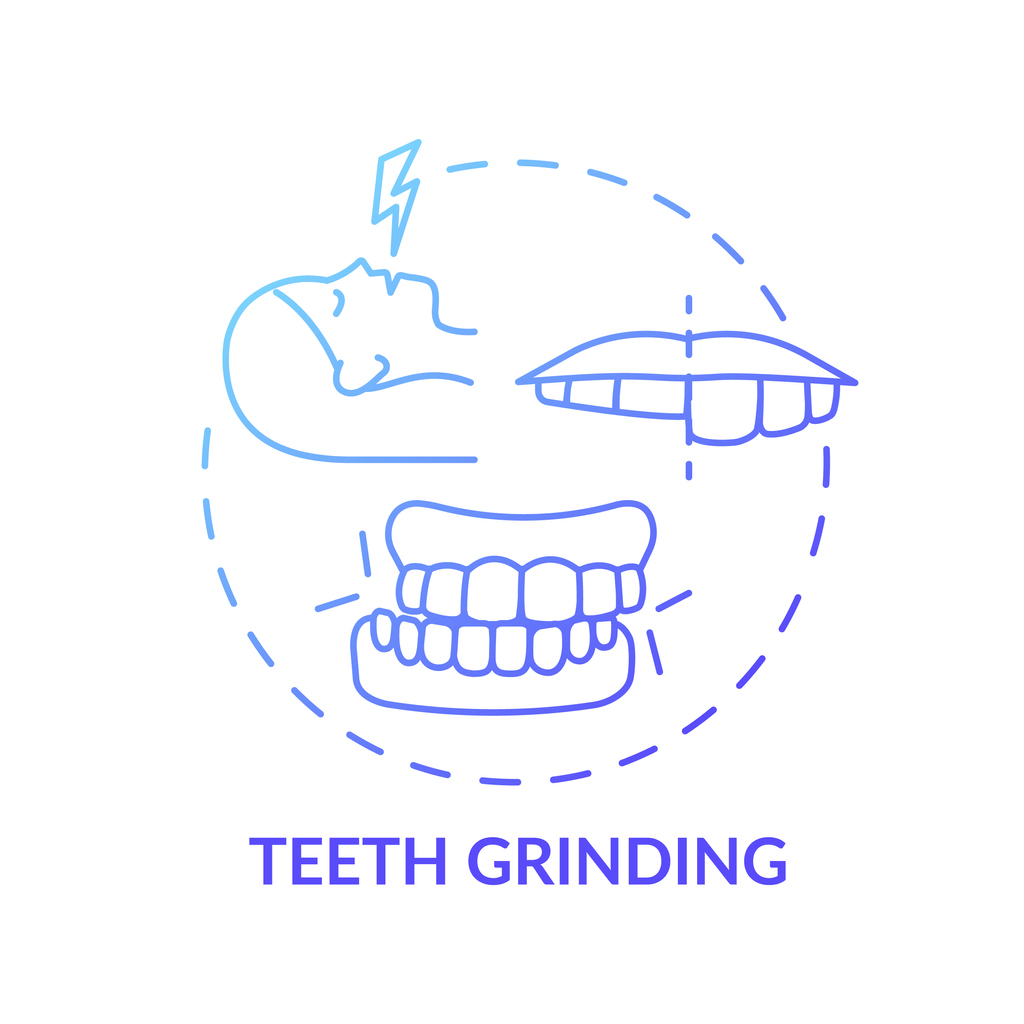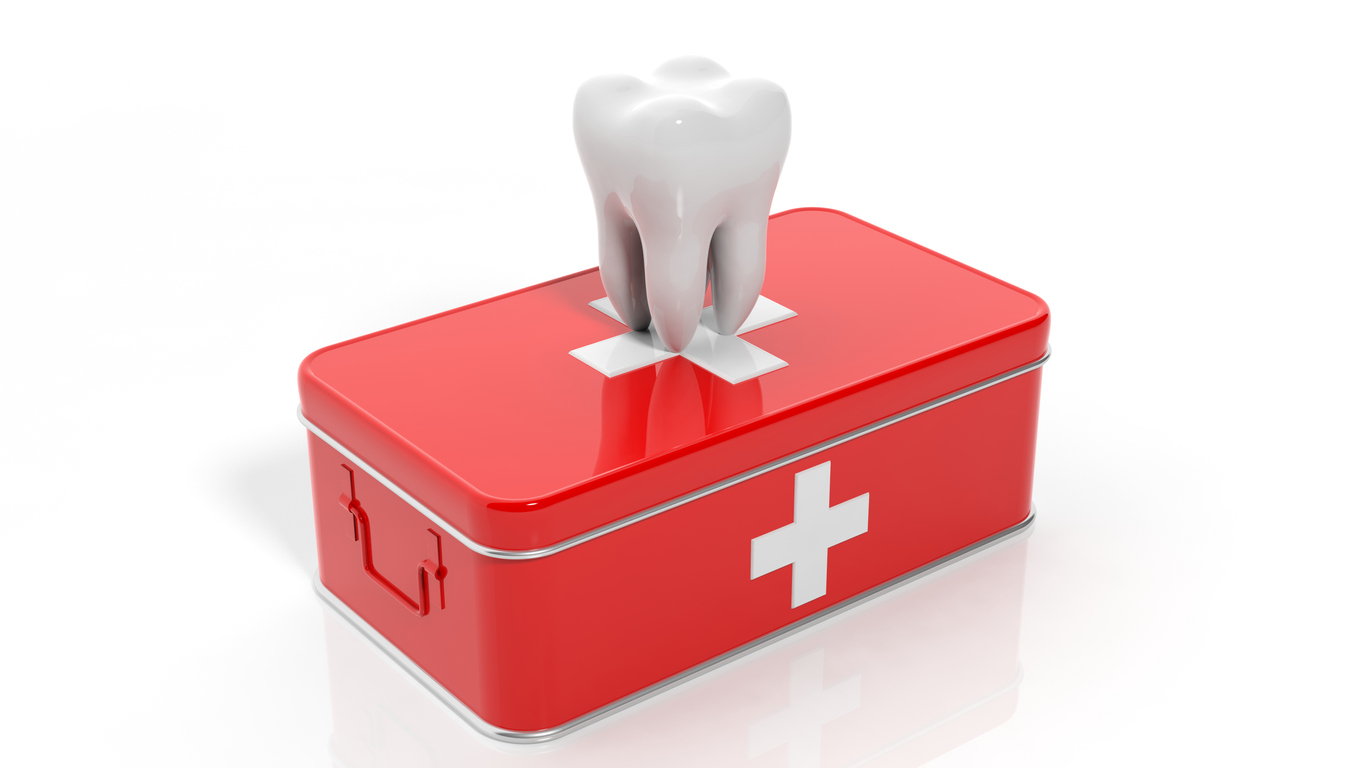Living with Chronic Pain
Bruxism and Chronic Pain

What is Bruxism?
Bruxism is a condition that is characterized by unconsciously grinding or clenching the teeth. Oftentimes, individuals do not realize this is occurring until a different problem arises. It can happen during sleep or daytime hours. Those with sleep bruxism frequently have other sleep disorders, such as snoring or sleep apnea.
Symptoms
Bruxism is known to present various symptoms, which include, but are not limited to, the following:
- Facial pain
- Chipped, cracked or abraded teeth with no apparent cause
- Sensitive teeth
- Tense facial and jaw muscles
- Headaches
- Dislocation or locking of the jaw
- Erosion of tooth enamel
- Popping or clicking of the temporomandibular joint
- Damage to the inside of the cheek
- Tongue indentations
- Wear to the facets of teeth (smoothing of the biting surface)
Causes
Bruxism is believed to be a combination of physical, psychological and genetic factors. It can be caused by anxiety and stress. If occurring during sleep, it is likely the result of an abnormal bite, or missing or crooked teeth. Certain sleeping disorders, including sleep apnea, can cause bruxism. Particular medications or an imbalance of neurotransmitters can also result in bruxism.
Bruxism and chronic pain
Bruxism may be mild and require no treatment. However, it can also be severe enough to lead to chronic pain. Additionally, some individuals may develop bruxism as a result of an existing pain condition. Bruxism can cause tooth damage, TMJ, headaches, or other issues.
Damage to teeth
Bruxism can cause extensive damage to teeth. Grinding the teeth may cause cracks or chips in the teeth, or erosion to the biting surface. Bruxism can also result in wearing away of the tooth enamel, resulting in the dentin (portion of the tooth protected by enamel) being exposed, which leads to sensitivity.
Temporomandibular joint disorder
The temporomandibular joint (TMJ) joins the lower jaw to the skull; it is located in front of each ear on both sides of the head. It acts as a hinge and allows the jaw to open and close and move from side to side. TMJ disorders are common with bruxism and often result in tension headaches, neck or shoulder discomfort, and jaw pain. If left untreated, TMJ disorders can result in chronic pain.
Headache
A headache that is experienced upon waking is commonly associated with bruxism. The headache is generally dull and can typically be felt at the temples. Research regarding headaches and bruxism is currently mixed; there is no firm causation or correlation between the two.
Risk (Header 1)
Risk factors for developing bruxism include, but are not limited to, the following:
- Increased levels of stress, anxiety or frustration
- High levels of pain
- Aggressive, competitive or hyperactive personality type
- Having a family member with bruxism
- Cigarette smoking or caffeine use
- Antidepressant medications
- Current conditions, such as Parkinson's disease, dementia, gastroesophageal reflux disorder (GERD), epilepsy, night terrors, attention-deficit/hyperactivity disorder (ADHD), or sleep-related disorders (e.g., sleep apnea, snoring, etc.)
Outlook
Bruxism can be treated with the use of a mouth guard, muscle relaxants, biofeedback, psychological therapy, and certain lifestyle changes. This condition may be made worse by the use of drugs and alcohol.


















